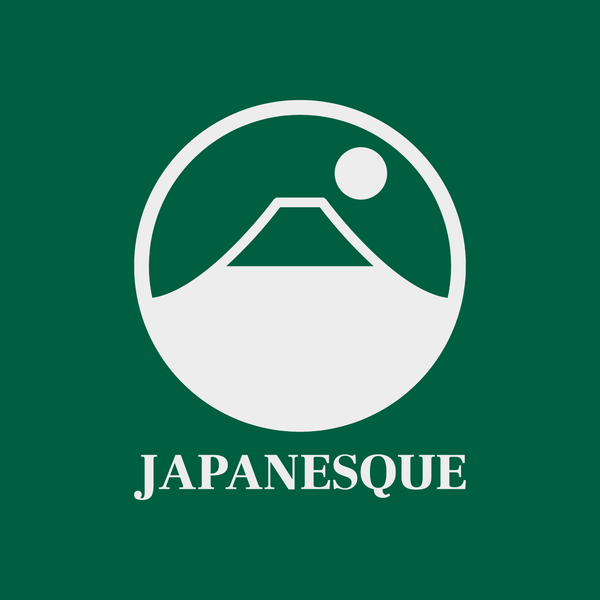9. Sano Kiln
Sano Kiln was opened in Sano Village (Sano-cho, Nomi City) by Isaburo Saida (Dokai Saida was his pseudonym in later years) in the 6th year of Tenpo. Isaburo originally excelled in the skill of overglazing, and took a leading role in the various kilns in the resurgent Kutani region. After he built this kiln, he developed the technique of twice-firing gold-colored paintings and devised the ``Sano Akae'' miniature painting. The design became representative of Nomi Kutani and Kanazawa Kutani, and the Isaburo-style Sano Akae was highly praised as an export item during the Meiji period.
In addition, Isaburo used this kiln as an overglaze kiln, and in later years encouraged potters to build a base kiln (main kiln) independent of this kiln, a method of porcelain production that separated the base making and overglaze processes. He created this. In Sano Village, the villagers began producing and selling porcelain, something they had never been involved with before, leading to an increase in rural jobs. This division of labor, with Sano Kiln at the center, supported the pottery industry in Sano Village as a whole, so this kiln and Isaburo played a pioneering role in the Kutani industry in Sano Village, and their achievements in laying the foundation for Sano Kutani were significant. It can be said that Isaburo established the Sano Akae technique that has been passed down to this day, nurtured many potters, and created jobs in Sano Village, so this award was given to him, and in 1903, Isaburo placed his pottery at Kutani Toso Shrine. He is now worshiped as his ancestor.
